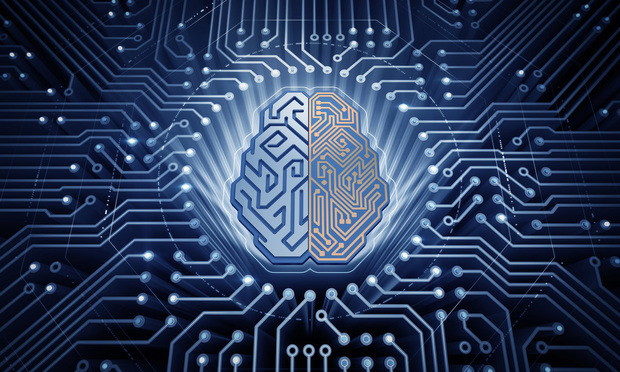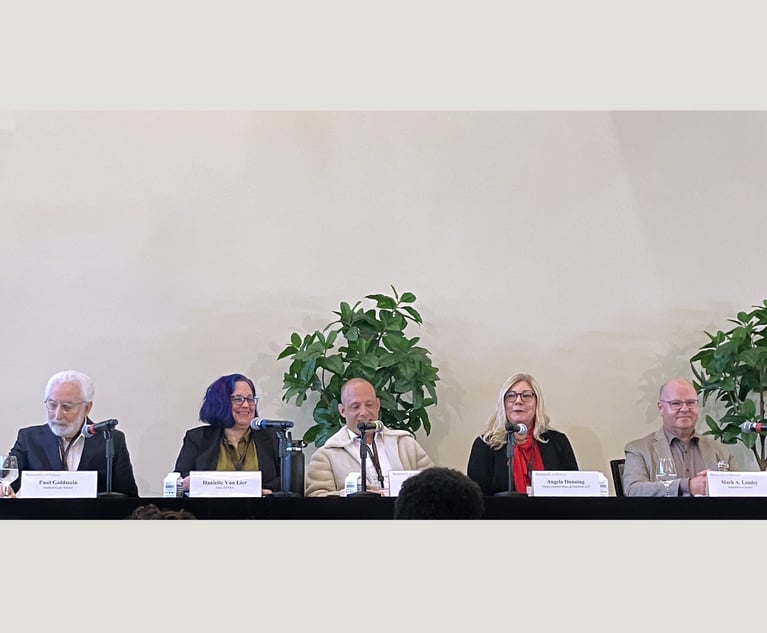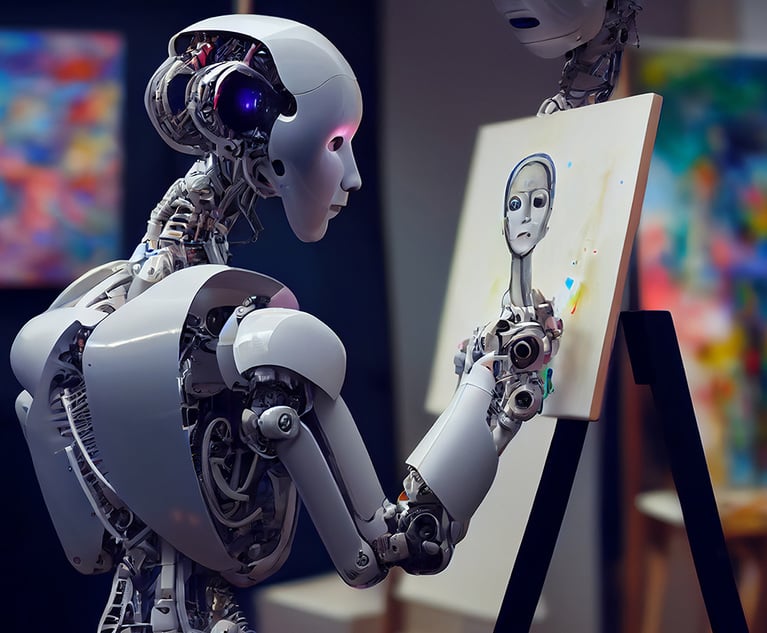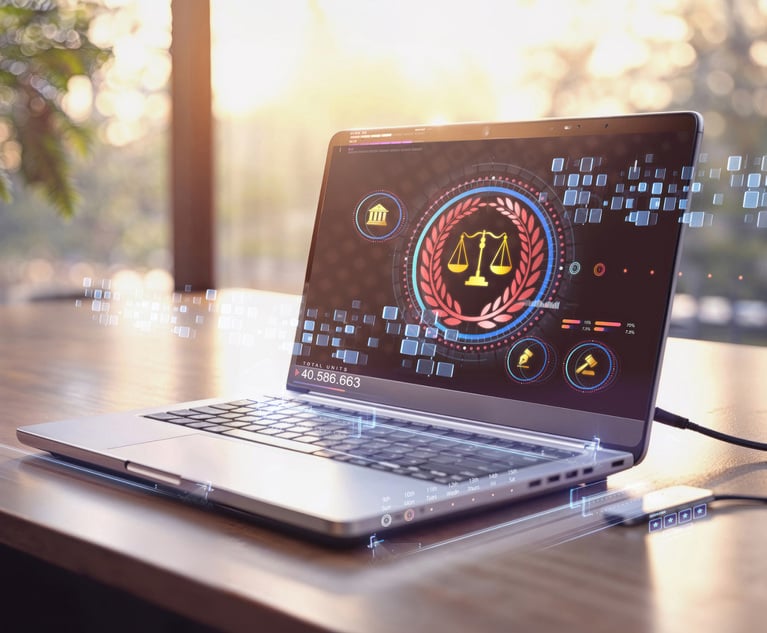Artificial Intelligence presents issues that require innovators to reconsider how to appropriately foster, protect, and enforce developments by their personnel. Patents can provide significant protection, but also present challenges in terms of patentability, inventorship, and novelty. Copyright can be used to protect software related innovations, particularly where a patent would not suffice or face significant obstacles, but can present authorship issues. Finally, trade secrets may provide protection where copyrights and patents cannot but can also suffer from drawbacks such as costly infrastructure investment to provide adequate protection. Once protected, an AI asset must then be leveraged, either internally or externally, to generate further value and justify the expense of its protection.
Creating AI Assets
This content has been archived. It is available through our partners, LexisNexis® and Bloomberg Law.
To view this content, please continue to their sites.
Not a Lexis Subscriber?
Subscribe Now
Not a Bloomberg Law Subscriber?
Subscribe Now
LexisNexis® and Bloomberg Law are third party online distributors of the broad collection of current and archived versions of ALM's legal news publications. LexisNexis® and Bloomberg Law customers are able to access and use ALM's content, including content from the National Law Journal, The American Lawyer, Legaltech News, The New York Law Journal, and Corporate Counsel, as well as other sources of legal information.
For questions call 1-877-256-2472 or contact us at [email protected]







